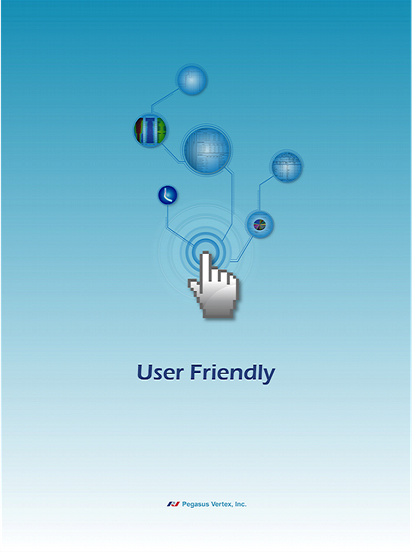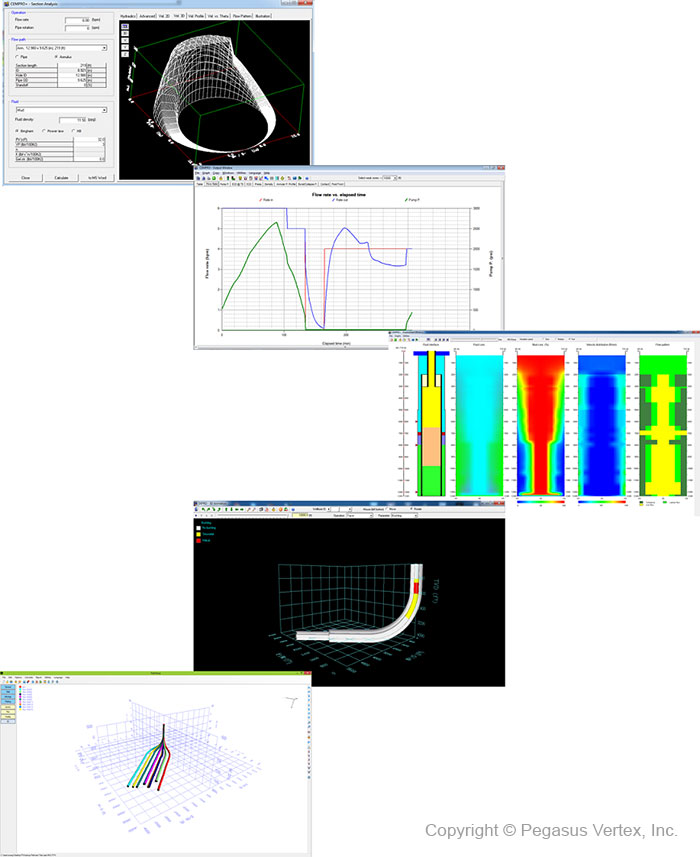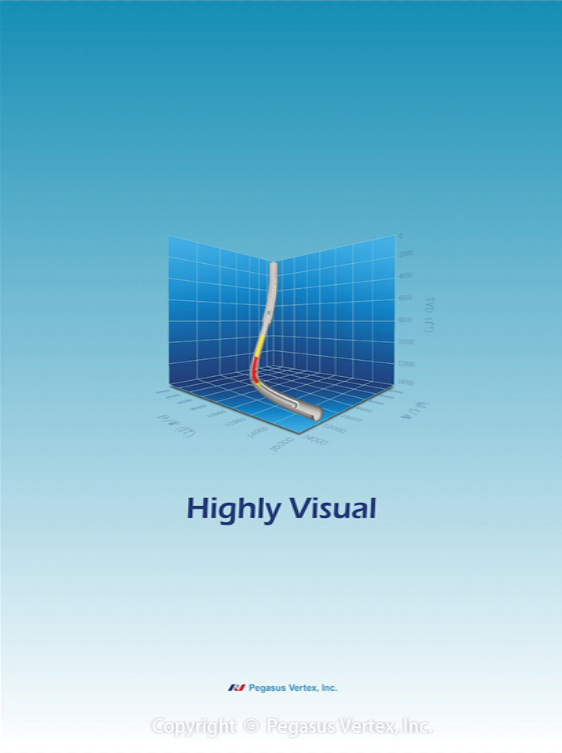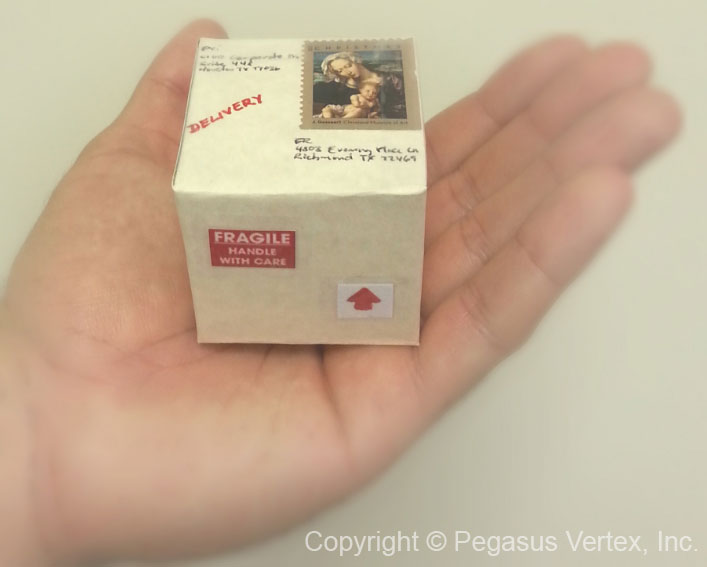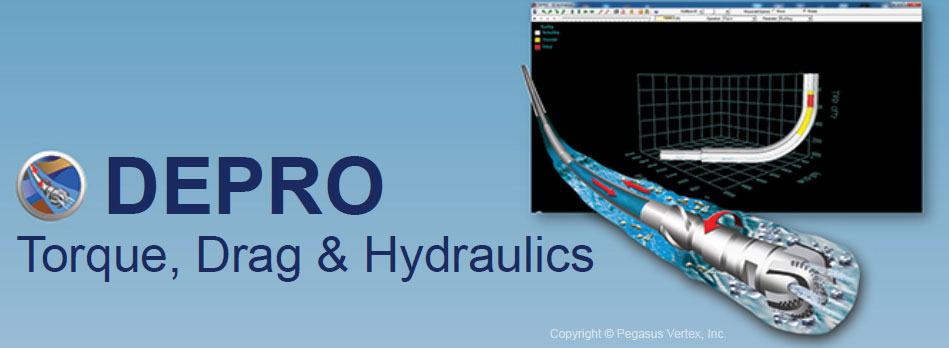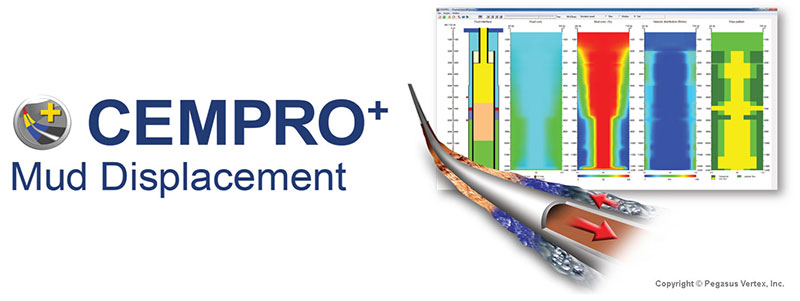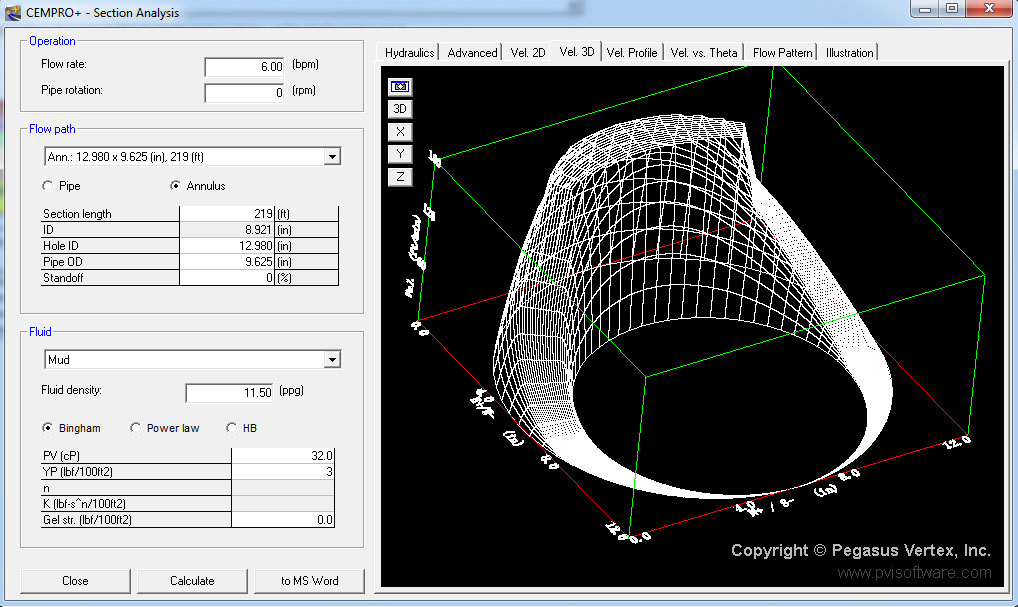The use of the expression “High Five” began in the early 70’s and it was a form of saying “way to go” for an accomplishment no matter how small or large. With this in mind, let’s take a moment to talk about one of the characteristics that also describes our software:
User-friendliness is the ease of use and learnability of a man-made object for humans to interact with, for example, a software, website, tool and a machine just to mention a few. User-friendly includes procedures of measuring usability, such as needs analyses and studies of the principles behind an object’s efficiency. When designing a software, the elegance and the clarity of its interaction with users are very essential.
The primary idea of user-friendly is divided in 3 categories:
- More efficient to use - it takes less time to accomplish a particular task
- Easier to learn - any operation can be learned by observing the object
- More satisfying to use
Complex software programs find their way into everyday life and this has made user-friendly more popular in recent years, as more companies see the benefits of researching and developing their software with user-oriented methods instead of technology-oriented methods only.
The term user-friendly is often used as a synonym for usable and also refers to accessibility. It’s a description of the quality user experience. By understanding the interaction between the software and the user, we at PVI, work toward providing our customers with what they’re looking for.
When we think of user-friendly we focus on the following:
- Learnability: How easy is it for users to accomplish basic tasks the first time they use the software?
- Efficiency: Once users have learned the software, how fast can they complete tasks?
- Memorability: When users return to the software after a period of not using it, how easily can they re-establish proficiency?
- Errors: How many errors do users make and how easily can they recover from the errors?
- Satisfaction: How pleasant is it to use the software?
User-friendly is associated with the functionalities of our software; in addition to being just a characteristic of the user interface it also separates usefulness into usability and utility. When we evaluate user interfaces for usability and utility, our definition is as simple as: effective fit for purpose and efficiency of the Interface. The term intuitive is also a fitting trait in our user-friendly interfaces, because it’s used as a synonym for learnable; where our users can learn advanced software in a very simple manner.
So basically what we want is for our customers to feel so accomplished when finishing a job that at the end of the day before they turn off their computer they say to our software: “Way to go…high five!”

